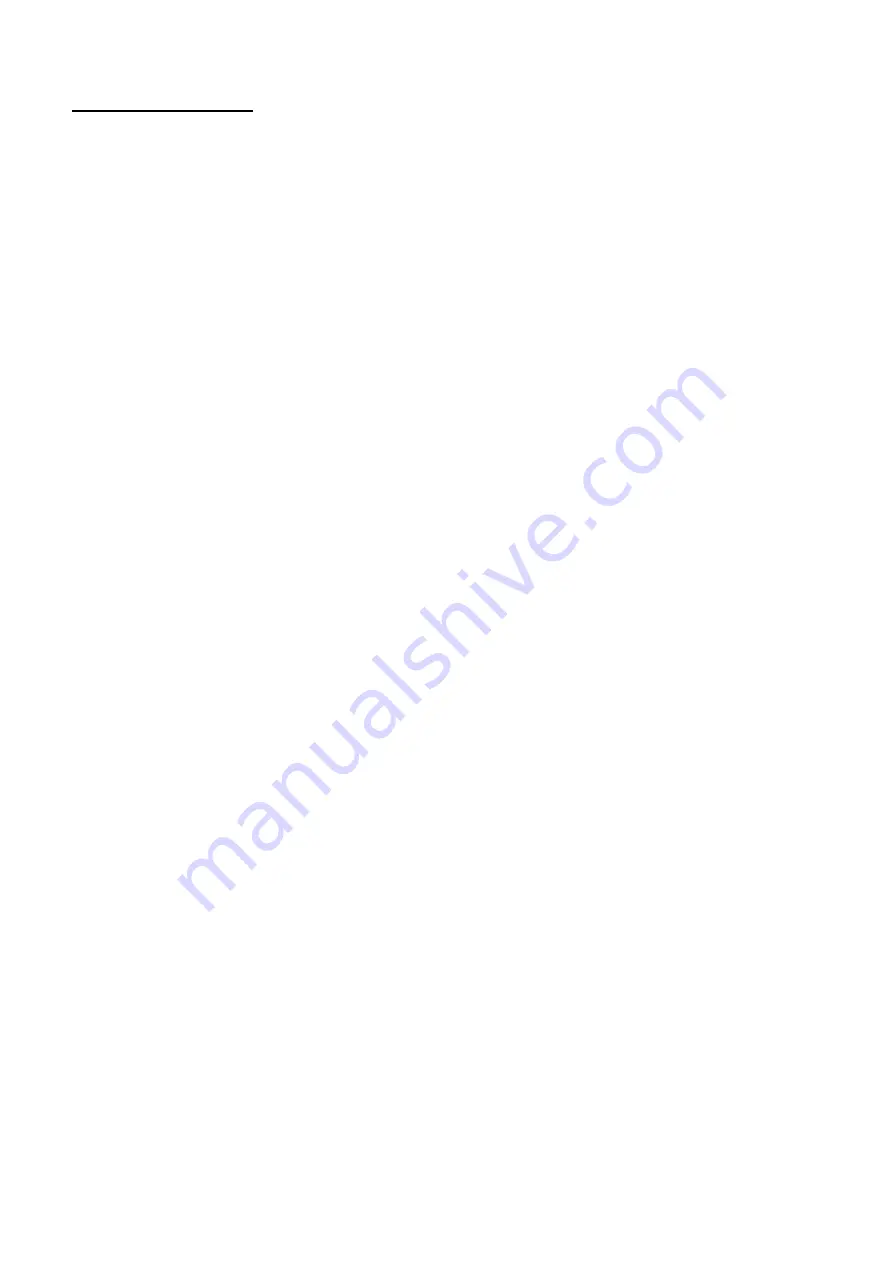
3
INSTALLATION
A minimum flue draught of 20 Pa is required for nominal heat output. As referred to in
document J of the Building Regulations, no purpose provided ventilation is required for the
Little Thurlow stove. It is important that any inlet grilles are so positioned that they are not
liable to blockage. It is essential that the stove has adequate air supply for combustion
and ventilation. Apertures provided for this purpose shall not be restricted.
The Appliance must be installed on a floor with an adequate load-bearing capacity. If an
existing construction doesn’t meet the prerequisite, suitable measures (e.g. load
distributing plate) shall be taken to achieve it. It is important that any inlet grilles are so
positioned that they are not liable to blockage.
If the stove is to be fitted with a top flue, fit the collar on the top of the stove and the
blanking plate on the rear. Or the other way round if the flue is to be fitted from the rear of
the stove (see figure 1). A flat-bladed screw driver and 8mm spanner will be required.
The Little Thurlow requires a Class 1 chimney of it’s own, a shared chimney will not be
suitable. The chimney must be sound, free from leaks and swept before installation. If the
chimney requires lining, a lining must be used which is suitable for wood and solid fuel,
with a minimum of 150mm internal diameter. A metre of flue pipe should be used from the
stove before the chimney lining, and the lining must be installed to manufacturers
instructions. Alternatively, if there is no chimney then an insulated stainless steel flue
may be used, to BS EN 15287-1:2007 + A1:2010 with a minimum of 150mm internal
diameter, and must be installed to manufacturers instructions and to relevant Building
Regulations. The length of the chimney or flue must be at least 4.5 metres from the top of
the stove, and must finish in a down draught free area. A stove must not be installed into a
room where there is an extractor fan, or fumes could be pulled down the chimney.
It is essential to provide a facility for sweeping the chimney, and this may be done by
installing a soot door in the brickwork, or providing an access plate in the register plate or
flue pipe. When the flue is fitted from the top of the stove, the baffle can be removed to
sweep up through the stove.
Connect the stove to the chimney using vitreous enamelled flue pipe, either from the top of
the stove, or from the rear. Horizontal flue must be kept to a minimum, no more that
150mm is allowed. Make sure that all joints and connections are well sealed.
When installation is complete, allow a suitable time for fire cement and mortar to dry, light
a fire and make sure all joints are sealed. The stove is painted with a high temperature paint
finish. The paint will be cured when most surfaces have reached about 246 degrees C.
During this burn off period you will notice an unpleasant smell; you should not touch or
wipe the paint during this period as it will be soft and may mark. The room should be well
ventilated, children and pets should be kept away. Do not use water to clean the stove,
either before or after it is cured.












